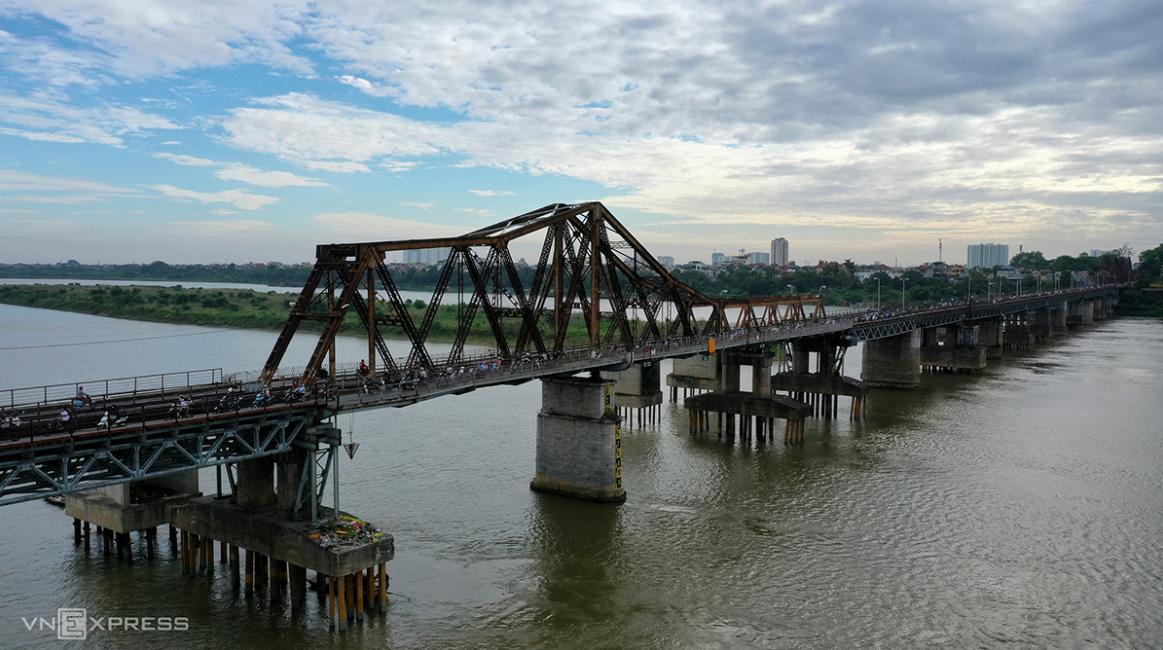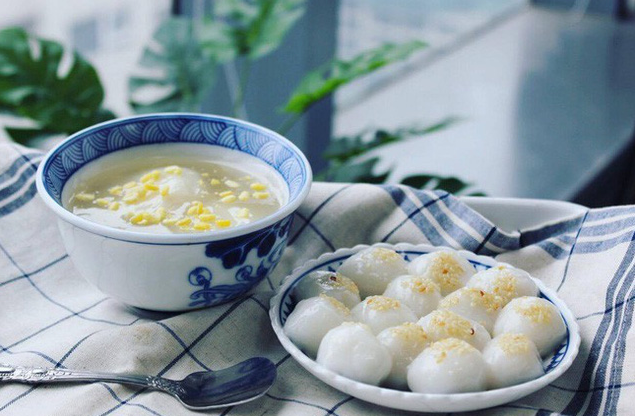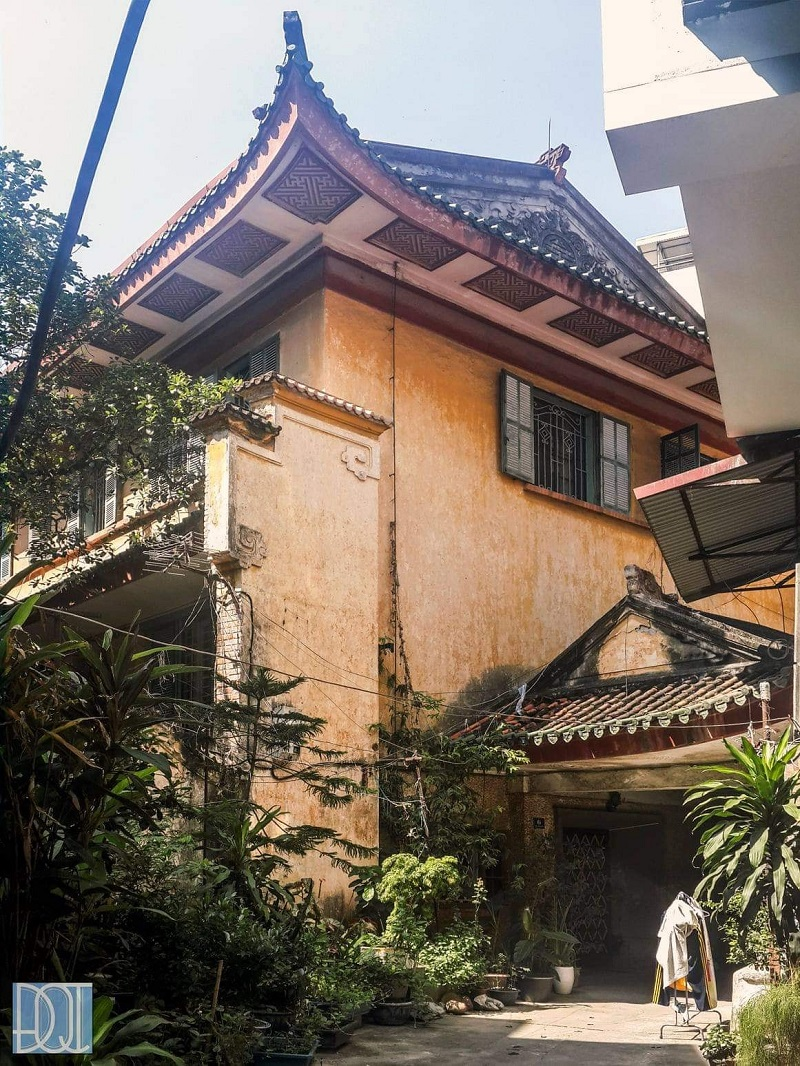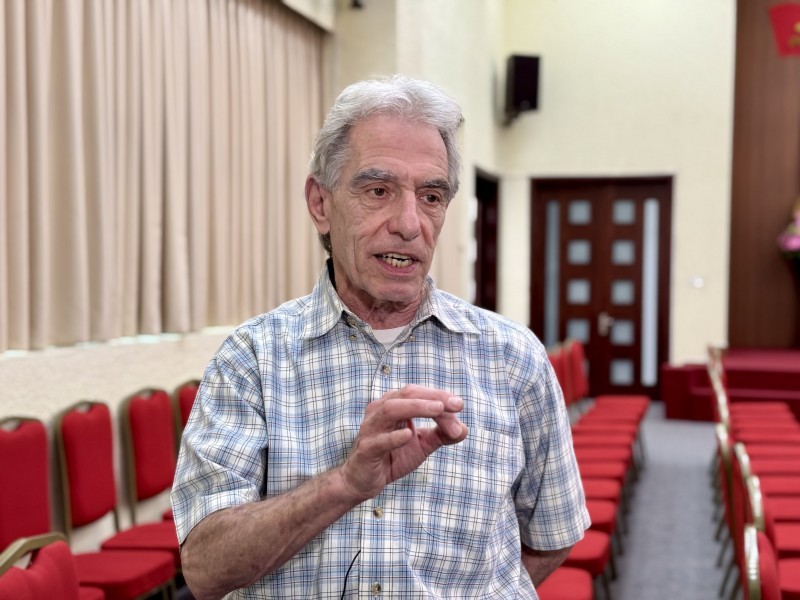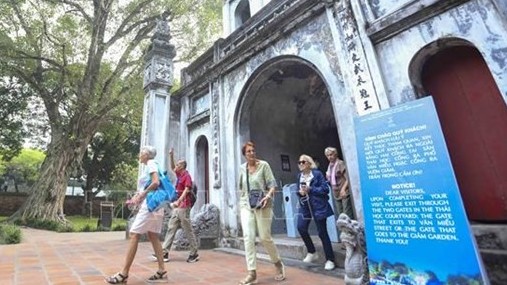Historical prisons on the tourism map in Vietnam
| Hanoi's historic Long Bien Bridge slowly becoming history | |
| Cold Food Festival: History, Significance, Traditional Food | |
| The charming beauty of King Bao Dai's hundred-year old mansion in Ha Noi |
Jails dating back to the French colonial and anti-American war periods have become top tourist destinations for those who want to understand the country and its history. The destinations are also tourism hubs for Vietnamese people for the upcoming Reunification Day (April 30).
Con Dao Prison in Con Dao Island southern province of Ba Ria Vung Tau, Cay Dua Jail in Phu Quoc Island in the southern province of Kien Giang, Son La Jail in the northern province of Son La and the famed Hoa Lo Prison in downtown Hanoi are among the top destinations for both domestic and foreign tourists.
Con Dao Prison
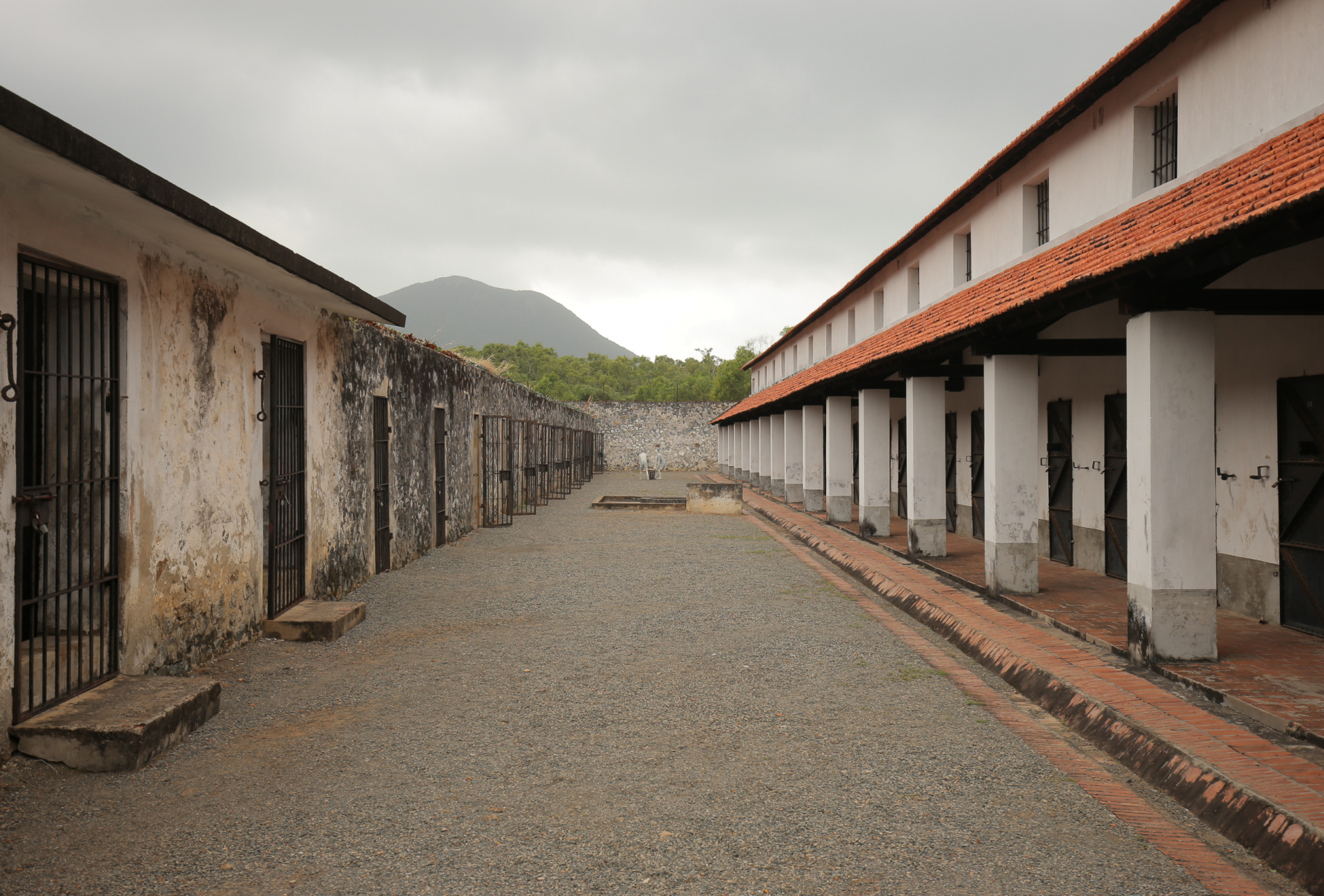 |
| Photo: Wikipdedia |
Con Dao Prison or Con Son Prison is located offshore Ba Ria - Vung Tau province. Con Dao Prison is a complex of prisons in Con Dao Island. The prison system was built by the French colonists to detain and torture political prisoners who triggered the danger to the French colonial regime. This place locked up Vietnamese patriots and many key political cadres who fought against the colonial government. Con Dao Prison system used to detain and exile nearly 2,000 revolutionary fighters. The communists were brutally tortured by jailers, but they were not deterred or discouraged. The prison system with shackles, chains and all the utmost brutal tortures were built in order to pull down the blaze of revolutionary fighters. Currently, Con Dao Prison is listed in special national monuments of Vietnam. The most famous place in the prison is “Tiger Cages” area. Nowadays, Con Dao is not just a historical site in Con Dao beyond all the time, but also an attraction in Con Dao appealing many visitors from all over the world. Coming here is to find the root, to remember the revolutionary tradition of forefather’s generation, and to express gratefulness for the sacrifice of the country.
Nowadays, the system of Con Dao Prison is no longer used to jail or torture, it is open to visitors, and recognized as a special and important national historical site. With unforgiveable evidences about the crime of the French and American in the past, Con Dao Prison is the place where more and more visitors come to explore and to understand about the patriotism of Vietnamese people and the brutality of colonialism and imperialism.
Cay Dua Prison
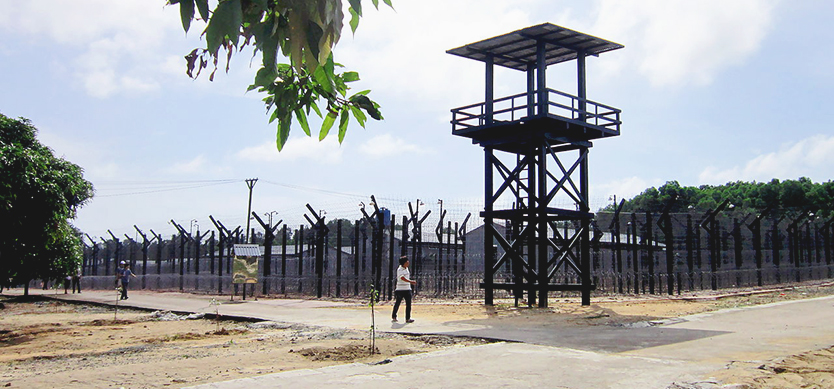 |
| Photo: Phu Quoc Island Explorer |
Cay Dua prison (Coconut tree prison) which is also known with the name of Phu Quoc Prison is located in An Thoi Town, Phu Quoc island. The name “coconut tree” stemmed from the Indochina War when French colonial administration was dominating Vietnam and the opposite war against French becomes very fierce. At this time, the prison had four zones named “A”, “B”, “C” and “D”; which was strongly believed to keep over 14,000 detainees. However, when the Indochina War finished, most of the detainees were released according to the Geneva Accords.
When the Vietnam War started, the American troops reconstructed this place into a new prison but kept the initial name. The new prison included separate zones for men, women and the elder. In 1966, a new part of Cay Dua prison was built to imprison more Vietnamese communist soldiers. This new part had 12 main zones. Each zone was divided into four different sub-zones “A”, “B”, “C” and “D”. The protective security was extremely tight with strict supervision all the time. Vietnamese prisoners suffered from the rigid rules. They had to work strenuously in the daytime and lived with the poorest condition in this prison.
Cay Dua prison closed when Vietnam gained the independent from American in 1975. In 1993, it was recognized as the Vietnamese National Historical site and in 1996, it was opened to the public. Nowadays, Cay Dua prison is one of the most famous places for tourists when coming to Phu Quoc Island.
Son La Prison
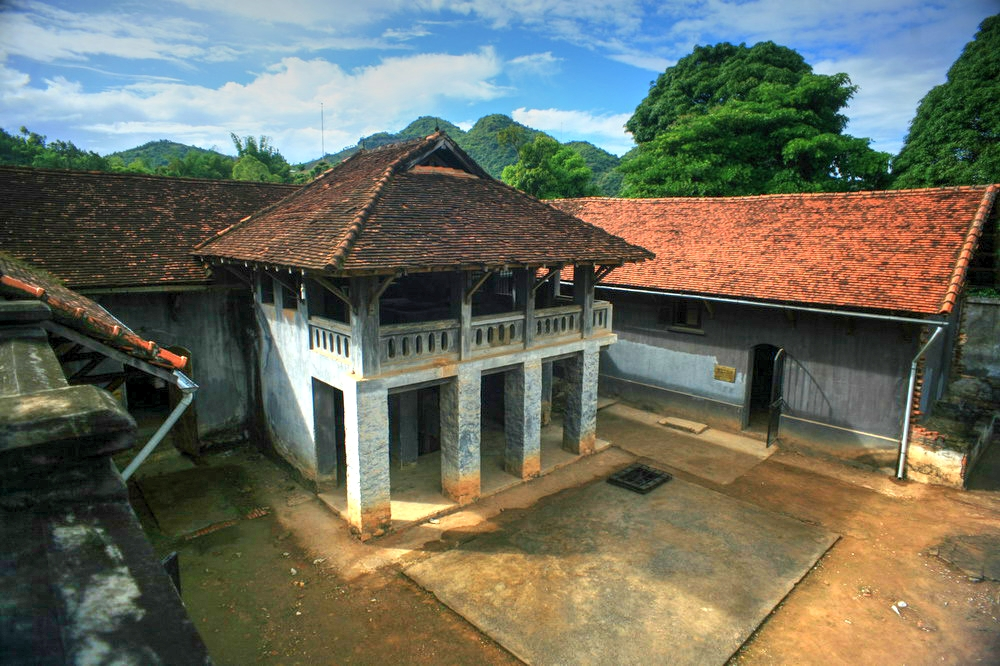 |
| Photo: Redsvn |
French colonization period has been over for a long long time, but a huge number of traces still existed as memory keepers for one of the darkest period in the history of Vietnam. Son La Prison stood as a living witness of the once turbulent time.
The prison was established in 1908 at the center of Son La town and on top of Khau Ca Hill. A tiny one at first, the prison soon expanded to become a crucial place where numerous political prisoners were locked. The place was notorious at the time as a cruel and terrifying jail where resisting wills and patriotism on the mind of prisoners was diminished in the bloodiest methods. However, for revolutionists imprisoned inside Son La Jail, the place was a “college” where stamina, solidarity and combating spirit was enhanced.
Although the original construction was partially demolished after the two wars, Son La Prison has still conserved major features of it, especially jail system and torturing facilities inside. Impression of visitors to outer sceneries might be nothing special, but most guests crossing the entrance and enter the prison will definitely be surprised with inside space because they cannot understand how French colonial can lock prisoners in the terrible place like this.
War veteran Tran Huu Manh from Hung Yen Province said he visited the prison every spring with his comrades.
“Such a historical site is so valuable in the present time,” he said. “It helps educate the young generation on our heroic past fighting against the most powerful invaders.”
Prison in downtown Hanoi
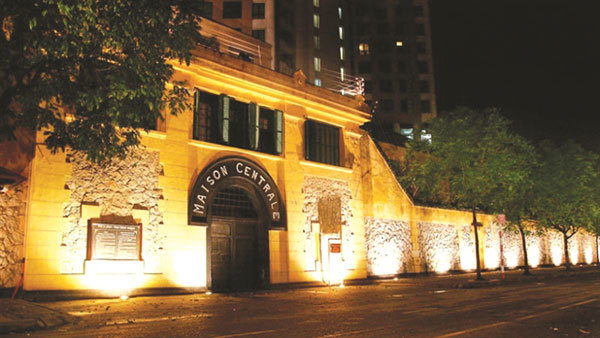 |
| "Hanoi Hilton" by night. The Hoa Lo Prison in downtown Hanoi offers frequent exhibitions as well. Photo svhtt.hanoi.gov.vn |
Few foreign tourists miss a visit to Hoa Lo Prison in the bustling streets of Hanoi.
It was built by the French at the end of the 19th century in 1896 in the original area of Phu Khanh ceramic village in Hanoi.
Many famed Vietnamese patriots were jailed here including Phan Boi Chau, Luong Van Can, Nguyen Quyen, Ho Tung Mau, and Nguyen Luong Bang, and five secretaries of the Communist Party including Nguyen Van Cư, Truong Chinh, Le Duan, Nguyen Van Linh and Do Muoi.
On October 10, 1954, after liberating the north from the French, the Vietnamese Government put the prison into temporary use to jail lawbreakers.
Between August 1964 and March 1973, the prison housed American pilots shot down while bombing North Vietnam, during which the prison was wittily named the “Hanoi Hilton” by the pilots. The pilots included Douglas Peter Peterson, who then became the first American ambassador to the Socialist Republic of Vietnam, and John McCain, an American senator who ran for president in 2008.
Part of the original prison was renovated in 1993 as a historical relic site of the city and now receives visitors every day.
The prison now regularly hosts exhibitions as well as special tours.
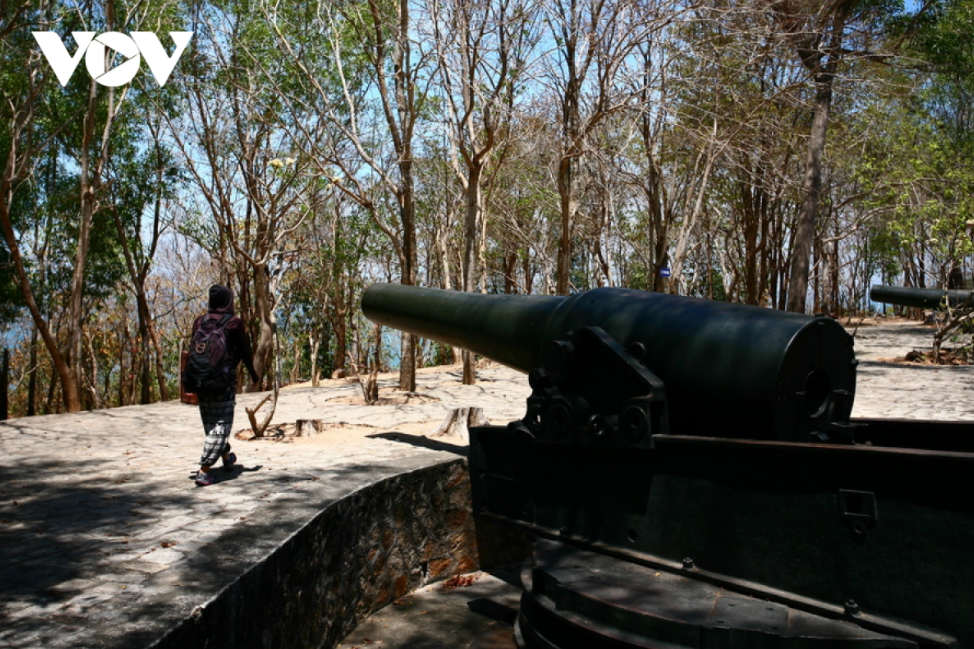 | Indochina's biggest ancient artillery battle in Vung Tau Nui Lon (the big mountain), also known as Tuong Ky, is a 245m high mountain located in Vung Tau city, Ba Ria - Vung Tau ... |
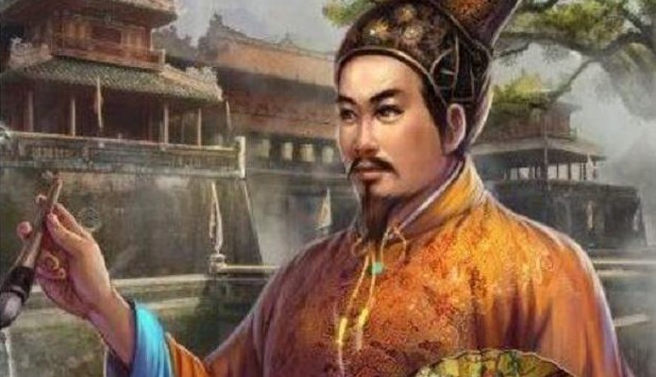 | Interesting findings about King Gia Long and his wise diplomacy strategies The book named "Nguyen Van Tuong and the war against the French colonialism of the Nguyen Dynasty" written by Professor Nguyen Quoc Tri, which has ... |
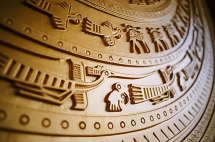 | The history of Vietnam - an overview The tradition of industriousness, creativeness and patience originated from the life full of hardship of Vietnamese people. This article provides an overview of the history ... |
Recommended
 Travel
Travel
Vietnam Through Australian Eyes: Land of Flavor, Warmth, and Timeless Charm
 Travel
Travel
Strategies for Sustainable Growth of Vietnam’s Tourism from International Markets
 Travel
Travel
Vietnam Strengthens Its Presence On The Global Tourism Map
 Multimedia
Multimedia
Phong Nha-Ke Bang National Park Named Top Adventure Travel Site
 Travel
Travel
Vietnam Welcomes Record-High Number of International Visitors
 Travel
Travel
Luxury Train From Hanoi To Hai Phong To Be Launched In May
 Travel
Travel
Phong Nha Named Top Budget-Friendly Travel Destination for Spring 2025: Agoda
 Travel
Travel

